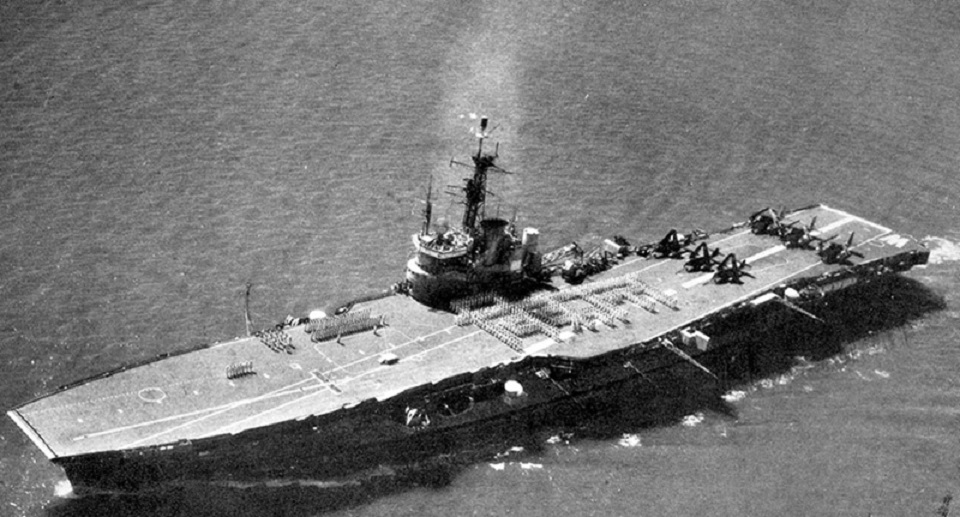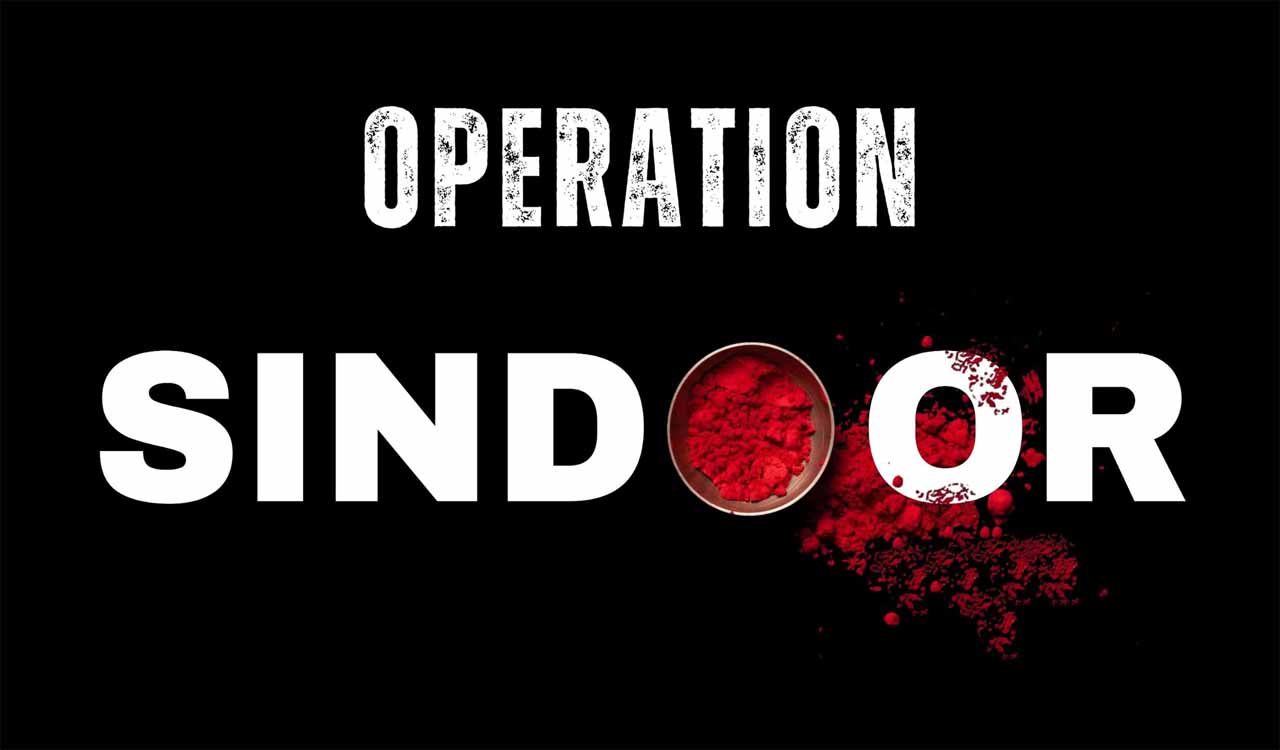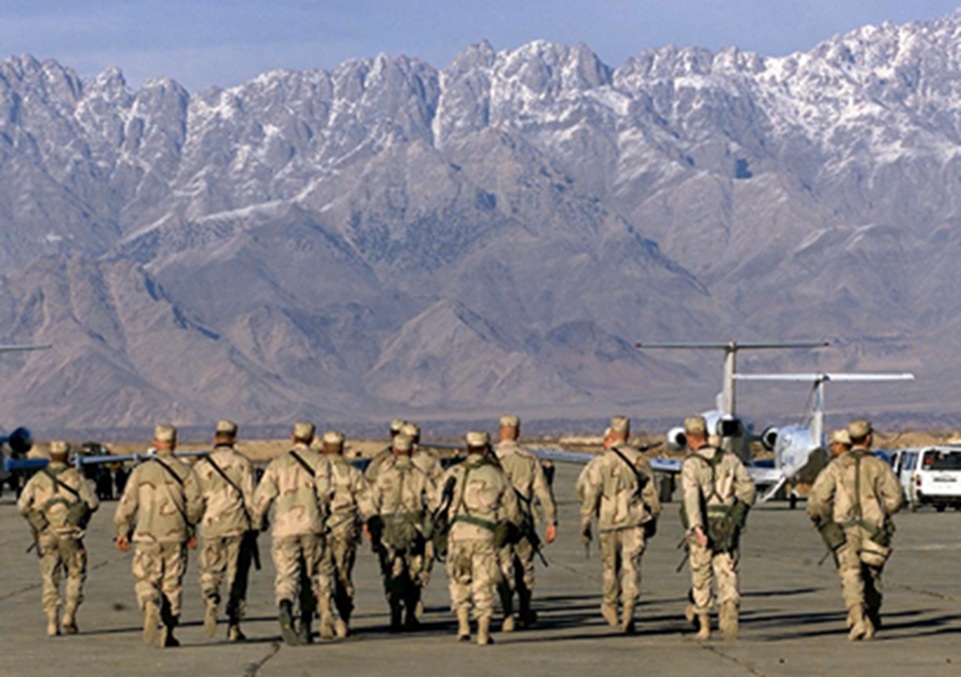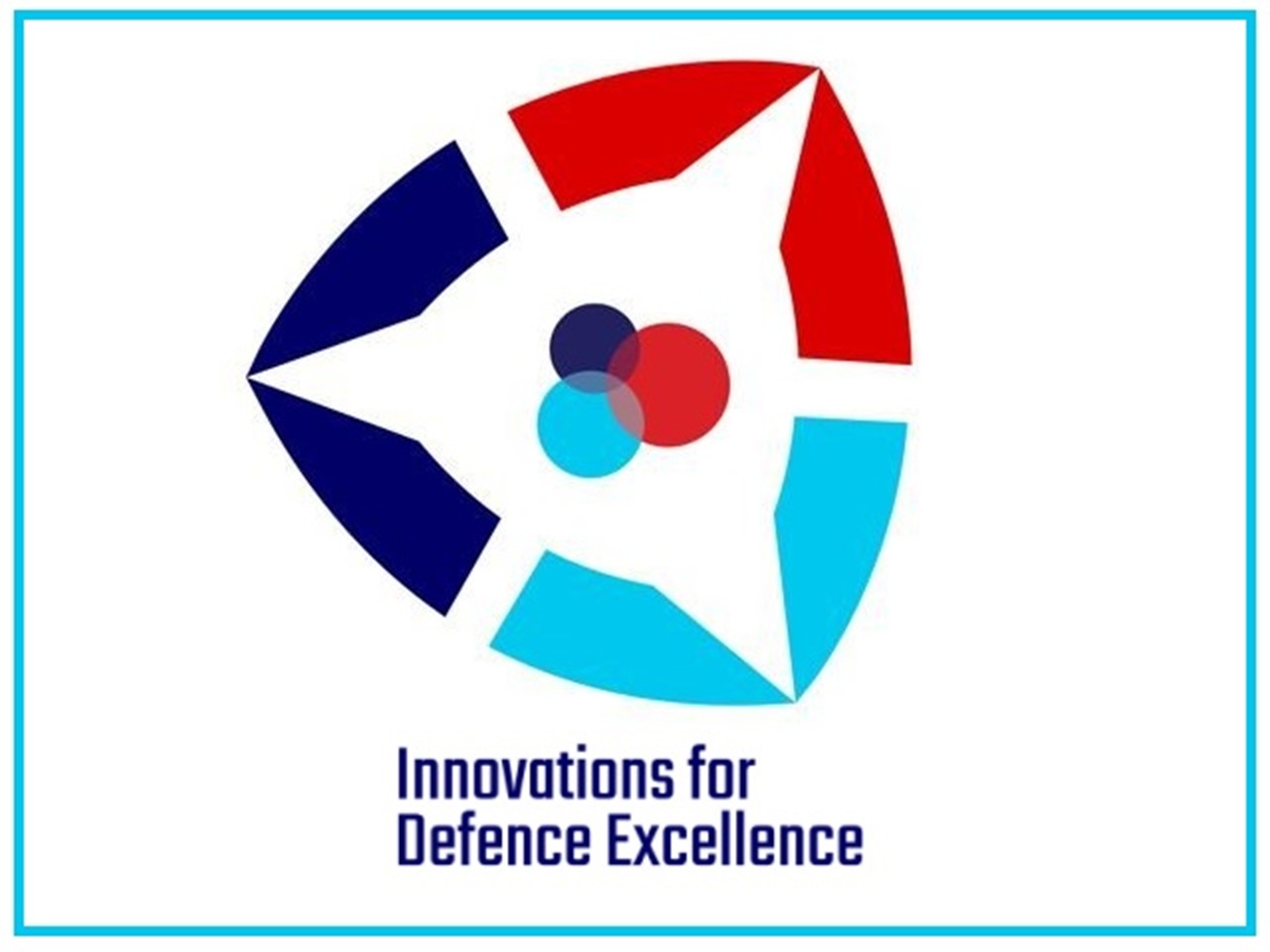1971, Fifty years ago, the Indian Navy played a critical part in breaking Pakistan into two. Such was the impact of the event, that along with Pakistan, the two-nation theory too lay broken.
Hard Lessons
Lessons of that war of 1971, which begat Bangladesh, had much material for policymakers in India. If they studied the lessons carefully, they could understand what a good Navy could do for a country like India. With centuries of terra centricity at the core of the nation’s political and strategic consciousness, getting India to believe in a Navy, was tough. This, despite India having experienced the tragedy of debilitating European colonialism for centuries. The Europeans had come solely by the vast sea around us, which, for various reasons, we had neglected for long.
The Europeans steadily encroached into our lives, disrupted capabilities developed over thousands of years of continuous existence, imposed alien systems and structures and finally subjugated us almost completely. They sucked us dry of our wealth, and cast us into an industrialised world in an inadequate state, as the last of them left. This experience should have drilled into our collective consciousness the unpleasant lesson, that it was only when we had forgotten our seas, that we had lost our freedom. But that was not to be.
When Opportunity Beckoned
After having been left out of the previous wars since independence, including the 1965 episode when the Pakistani Navy attempted some feeble offensive operations off the Gujarat coast, the war of 1971 was a godsend. The Indian Navy welcomed the opportunity wholeheartedly and proved their worth in spectacular fashion. If India needed a lesson to understand sea power, there was none better.
Quiet on the Western Front
When small, yet fast and lethal Missile Boats, supported ably by larger surface ships burned Karachi harbour and sank Pakistani ships hanging around off their coast, they wrote an unforgettable thesis for the nation to trust modern surface warfare, employing Surface to Surface Missiles, which were just coming of age in 1971. That this act forced the Pakistani Navy to withdraw into their own harbour on Day Two of the war, never to come out for the rest of the war, is something the Pakistan Navy will find difficult to live down forever. That they even undertook the unimaginable act of de-ammunition their ships, to prevent catastrophic damage in the event of continued attacks from the Indian Navy, is a badge of eternal shame. The Indian Navy had ensured that Pakistan on the western front, was going to stay quiet. No wonder, the Pak Navy website is silent on these events to this day.
Sunrise in the East
India’s Eastern seaboard witnessed a different set of glorious events. First, was the stupendous achievements of the World War 2 vintage INS Vikrant. This 19000 Tonne Aircraft Carrier, launched in 1945 as HMS Hercules, laid up in suspended animation till bought by India in 1957 and commissioned in 1961, was destined to see action only 28 years after her keel was laid in 1943. This long wait was worth it.
Right at the beginning of the war, as the Pakistan Navy was beginning to understand the catastrophe that had befallen them at Karachi, their ports in the East, viz., Chittagong and Cox’s Bazar, were destroyed by marauding Sea Hawks from Vikrant. This favour was also soon extended to other riverine ports and craft in the water, virtually paralysing the only avenue the Pakistani armed forces had, for logistic support and in an emergency, escape. This time around, Alize aircraft from Vikrant too joined the Sea-Hawks. Thereafter, Vikrant, her aircraft and other Indian Naval ships enforced a strict blockade off the coast that Pakistani forces had no option but to surrender to India in massive numbers.
This was classical Aircraft Carrier action, albeit on a smaller scale when compared to the carrier battles of the Pacific. By the end of WW II, Aircraft Carriers had been catapulted to the top position for waging war at sea, pushing Battleships off their pedestal. Therefore the British had recommended Aircraft Carriers for the newborn Indian Navy. It is a matter of eternal pride that despite the bewildering challenges India faced in rising up from where she had fallen to, and the associated budgetary pressures, that Aircraft Carriers stayed in our Naval plans and that we actually acquired one. This decision received its rewards on the Eastern seaboard.
There is an epochal event that happened on the Eastern seaboard, which, for some reason, hasn’t received the recognition it deserves. That was the virtual birth of the Indian Navy’s Special Operations branch, known today, as MARCOS. While sabotage, underwater demolition, covert action behind enemy lines for Intelligence gathering etc in some form or the other have been a part of armed conflicts since time immemorial, their formal transformation into the deadly form Special Forces have taken today, started with the birth of the SEALS of USA during the Vietnam war in 1962. The events that led the US to this was their sporadic actions in this field during WW II and the Korean war. Similarly, it is the covert action during the 1971 war in what was to become Bangladesh, using Bengali sailors who had defected from the Pakistan Navy as well as our own divers, that gave India the experience, confidence and resolve, to ultimately raise the lethal MARCOS. This unknown effort, waged in absolute secrecy, by a Commander and a few Lieutenant Commanders and Lieutenants of various branches, drawn on temporary duty from various units, is a stupendous story. A full version is available in an excellent book ‘Operation X’ published in 2018, by Commander Samant (the person who actually planned and executed the entire covert war. He was a Submariner, with no previous experience in covert action) and Mr Sandeep Unnithan, based on freshly declassified papers. A related action by the same team was the use of cleverly armed small civilian riverine craft, which took disruption and destruction right inside enemy strongholds, where larger Indian ships couldn’t have gone. The East Bengali human core that formed a part of this team ultimately became the core of the future Bangladesh Navy.
Taking it on the Chin
No war experience is complete without the taste of taking a few blows to the chin. The Indian Navy took one big blow, from the loss of INS Khukri to torpedoes fired by a Pakistani submarine, off the coast of Saurashtra. But this incident had its important operational lessons. The Navy personally experienced the great power of submarines, the limitations of surface ships in Anti Submarine Warfare with integral sonars in our warm waters and the need for aircraft based ASW, the surest hedge against submarines then.

We also learnt a few lessons about the pulls and pressures our allies and allies of the enemy could bring. These were important lessons for a large, yet young democracy, which had taken a justifiably laudable decision to stay non-aligned in a post-WW II world, which was fast-dividing itself into two blocs. Our choice was not to stay aloof but to align with whoever mattered, at our will, when it mattered. This decision stood vindicated at the end of the 1971 war.
A new spring in military modernisation
Winning the war in 1971 was a turning point for India. The abject despondency caused by the loss in 1962 gave way to newfound confidence. The importance of defending the country was understood at the levels which mattered. The result was some serious planning, resource allocation and strategizing, which saw virtually the entire Navy transforming itself from the mid-1980s. New ships, aircraft, submarines, Special Forces et al came flooding into the service, with an excellent mix of technology from around the world. Much thought and action were also lavished on charting a course towards achieving self-sufficiency in war equipment. Some of those lofty aims succeeded.
Into the dark blue oceans
The Indian Navy’s journey into the dark blue oceans was remarkable. A fledgeling Dominion Navy used to provide only Local Naval Defence for British interests till 1947, was increasingly present in the big oceans by mid-1980s. An impactful event that conveyed our newfound blue water capability was the visit of INS Godavari, the first indigenously designed and built a modern ship to New York in July 1986 on the occasion of the bicentennial celebrations of the Statue of Liberty. We have not looked back since.
Understanding the importance of sound intellectual underpinning in creating and wielding a powerful Navy, a formal book on Maritime Strategy was written during the mid-1980s, as its maiden doctrinal document. Later, as India’s prosperity, capabilities, interactions and aspirations increased, more elaborate documents were produced, which clearly laid out India’s maritime doctrine and maritime security strategy for the world to see. Naturally, this period saw a steady increase in the footprint of the Indian Navy in the world’s oceans. The Government too has understood the important role strong navies can play in expanding diplomatic ties, Indian Naval ships became a common sight in distant waters.
Turning benefactor
The ten-year-long presence of Soviet troops in Afghanistan during the 1980s and the subsequent breakup of the Soviet Union in 1991 completely changed the way competing powers were arrayed during the Cold War. With new enemies appearing on the horizon, the attention of world powers shifted from the Pacific and the Atlantic oceans to the Indian Ocean. The Western powers, who all of a sudden faced the requirement to understand the peculiarities of operating in the Indian Ocean, especially, mastering the all-important physical conditions of the Indian Ocean, had only one Navy to turn to. The Indian Navy. Meanwhile, in 1998, India had displayed its willingness and ability to maintain peace and good order in our region, through Operation Cactus. The Indian Navy’s role in this operation stood out for the world to take note. The result was a quantum jump in the Navy’s international interaction, recognition and presence. This ultimately gave a Prime Minister of India the confidence to even announce to the world that India is a net security provider in the Indian Ocean Region.
Indian Navy @50 past 1971
Today Indian Navy’s ships and aircraft are present in every part of the Indian Ocean, watching the goings-on, and staying ready, for both combat and cooperation. This is as per the Navy’s current doctrine of being ‘mission deployed and combat-ready’. India even has her indigenous SSBNs prowling the oceans as the most unassailable element of the nuclear triad.
All this has been made possible because today we have robust ships, submarines and aircraft, manned by well trained and motivated personnel full of confidence and commitment. As we now expand our capabilities into new frontiers of conflict, like Cyber, Space and Information, we owe a lot to the impetus given by the victory of 1971. Fifty years later, we have enough reasons to be proud.
Title image courtesy: https://defencelover.in/
Disclaimer: The views and opinions expressed by the author do not necessarily reflect the views of the Government of India and Defence Research and Studies








